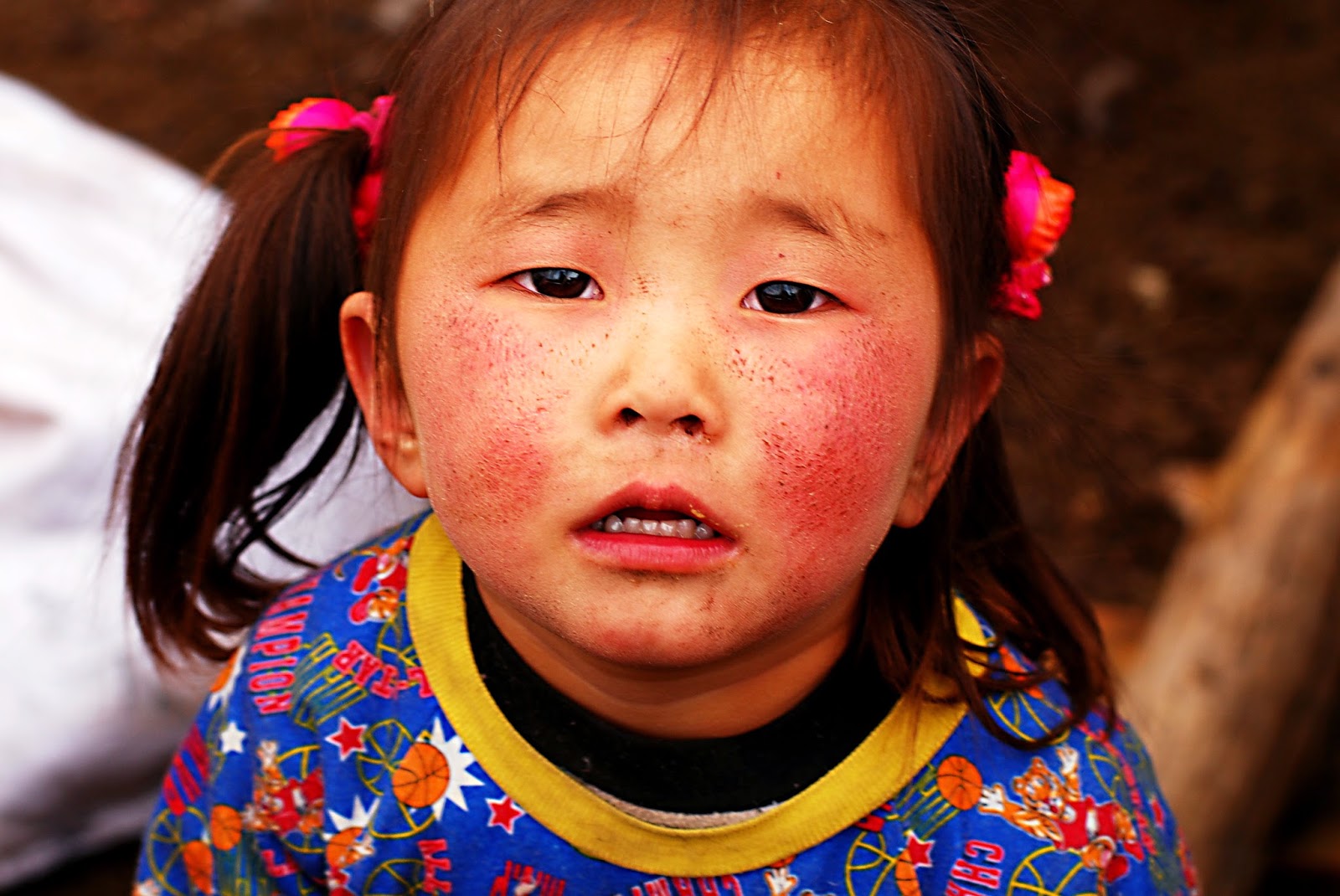Neandertal origin of MC1R haplotypes related to skin color
Skin color is one of the most visible and important phenotypes of modern humans. Melanocyte-stimulating hormone and its receptor played an important role in regulating skin color. In this paper, we present evidence of Neanderthal introgression encompassing the melanocyte-stimulating hormone receptor gene MC1R. The haplotypes from Neanderthal introgression diverged with the Altai Neanderthal 103.3 KYA, which postdates the anatomically modern human – Neanderthal divergence. We further discovered that all of the putative Neanderthal introgressive haplotypes carry the Val92Met variant, a loss-of-function variant in MC1R that is associated with multiple dermatological traits including skin color and photoaging. Frequency of this Neanderthal introgression is low in Europeans (~5%), moderate in continental East Asians (~30%), and high in Taiwanese aborigines (60-70%). Since the putative Neanderthal introgressive haplotypes carry a loss-of-function variant that could alter the function of MC1R and is associated with multiple traits related to skin color, we speculate that the Neanderthal introgression may have played an important role in the local adaptation of Eurasians to sunlight intensity.
Link
 |
| Reconstructed Neandertal |
The MC1R gene provides instructions for making a protein called the melanocortin 1 receptor. This receptor plays an important role in normal pigmentation. The receptor is primarily located on the surface of melanocytes, which are specialized cells that produce a pigment called melanin. Melanin is the substance that gives skin, hair, and eyes their color. Melanin is also found in the light-sensitive tissue at the back of the eye (the retina), where it plays a role in normal vision..
. . .
The melanocortin 1 receptor controls which type of melanin is produced by melanocytes. When the receptor is activated, it triggers a series of chemical reactions inside melanocytes that stimulate these cells to make eumelanin. If the receptor is not activated or is blocked, melanocytes make pheomelanin instead of eumelanin.
 |
| Red haired Mongolian Girl |
Here, we performed an association study on melanogenic phenotypes in 245 Japanese individuals. We focused on freckles and solar lentigines as melanogenic phenotypes. The 92Met allele and the 163Arg allele were positively associated with freckles and severe solar lentigines; the 163Gln allele showed a negative association. Those subjects who were homozygous for both the 92Met and 163Arg alleles had a highly elevated risk of developing freckles (OR: 7.92; 95% CI: 1.52-39.6) and severe solar lentigines (OR: 4.08; 95% CI: 1.34-13.1).
 |
| Landy Wen - Tawainese aboriginal |
Older literature (say this 2007 Science article) allege that the specific mutation responsible for red hair in Neandertal was different from the more common European red haired. This paper suggests the Neandertal devirved variant is still present, but only in low fractions of the the European population but may be present at higher fractions in Asian populations where it may be responsible for more red hair, freckles and poor tanning. This area of human genetics is growing rapidly, and I'm sure we'll see more in the near future.
It is a rather rather attractive mutation, dressed in skins or not.
Linked at Pirate's Cove in the weekly "Sorta Blogless Sunday Pinup." And a belated acknowledgement of the Wombat-socho's giant Rule 5 manifesto: "Rule 5 Sunday: Floating."







No comments:
Post a Comment